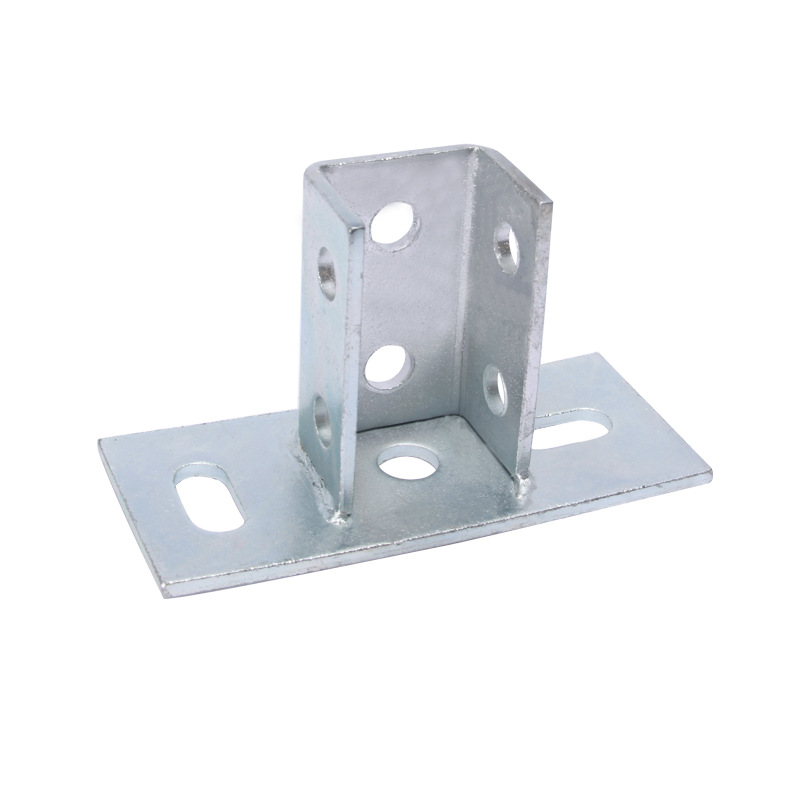

stud bolt
Nov . 19, 2024 00:11 Back to list
stud bolt
Understanding Stud Bolts A Key Component in Engineering
Stud bolts are an essential fastening component widely used in various industrial applications, particularly in construction, piping, and machinery assembly. Unlike traditional bolts, which have a hexagonal head for tightening, stud bolts consist of a long rod of material with threads on both ends and no head. This unique design offers several advantages, making stud bolts popular for securing heavy and complex structures.
Construction and Composition
Stud bolts are manufactured from a variety of materials, including carbon steel, stainless steel, and alloy steel. The choice of material often depends on the application's specific requirements, such as resistance to corrosion, heat, and pressure. Typically, stud bolts are produced in accordance with strict quality standards to ensure their reliability and performance under various conditions. The common surface finish options include hot-dip galvanizing, plating, and painting, which provide additional protection against environmental factors.
Design and Threading
The design of stud bolts usually features either coarse or fine threading, which plays a crucial role in their performance. Coarse threads allow for quicker assembly and disassembly, while fine threads provide a greater surface area for better load distribution and higher tensile strength. Additionally, stud bolts can be produced in various sizes and lengths, catering to the diverse needs of engineering applications.
Applications of Stud Bolts
Stud bolts are particularly advantageous in high-stress applications, such as in the joining of flanged connections in piping systems. Their ability to withstand extreme pressure and temperature makes them suitable for oil and gas, chemical processing, and power generation industries. Moreover, in constructions involving large machinery, stud bolts provide the necessary strength to secure critical components, ensuring the overall safety and functionality of the equipment.
stud bolt

One of the significant benefits of using stud bolts is the ease of installation. Due to their design, they can be installed from one side, which is especially useful in tight or restricted spaces where access might be challenging. Furthermore, stud bolts allow for uniform clamping pressure, minimizing the risk of leakage in joints and enhancing the integrity of the entire assembly.
Advantages Over Traditional Bolts
Compared to traditional bolts, stud bolts offer several advantages. The absence of a head means there’s no need for excessive torque when tightening. This characteristic reduces the likelihood of damaging the connected parts or stripping the threads. Additionally, stud bolts can accommodate a wider range of applications. They can be secured with nuts on both ends, which provides additional flexibility in fastening configurations.
Maintenance and Inspection
Regular maintenance and inspection of stud bolts are crucial to ensure their continued performance and safety. During routine checks, it is essential to ensure that the threads are intact and free from corrosion. Any signs of wear or damage should be addressed promptly to prevent failures. Utilizing protective coatings and ensuring proper storage when not in use will also extend the lifespan of stud bolts.
Conclusion
In conclusion, stud bolts play a vital role in transmitting loads and securing structures across various industries. Their specific design offers unique benefits that make them ideal for high-pressure applications and environments. As industries continue to evolve and demand safer, more reliable fastening solutions, stud bolts are likely to remain a critical component in engineering practices. Understanding their properties and applications will empower engineers and designers to make informed choices to enhance the durability and efficiency of their projects.
Latest news
-
Premium Fasteners Manufacturer | AI-Driven Solutions
NewsAug.01,2025
-
Hot Dip Galvanized Bolts - Hebei Longze | High Strength, Corrosion Resistance
NewsAug.01,2025
-
High-Strength Hot Dip Galvanized Bolts - LongZe | Corrosion Resistance, Custom Sizes
NewsAug.01,2025
-
Best Self Tapping Screws for Drywall - Fast & Secure Installation
NewsJul.31,2025
-
High-Strength Hot Dip Galvanized Bolts-Hebei Longze|Corrosion Resistance&Customization
NewsJul.31,2025
-
Hot Dip Galvanized Bolts-Hebei Longze Metal Products|Corrosion Resistance&High Strength
NewsJul.31,2025

